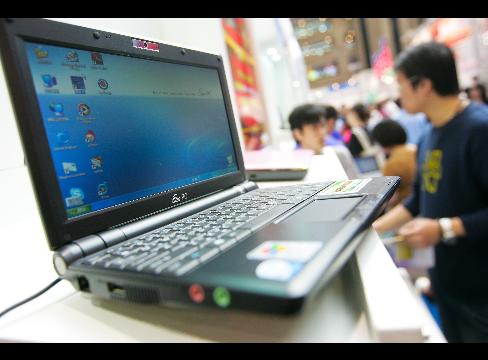Affiliate links on Android Authority may earn us a commission. Learn more.
ZEISS VR One Plus Universal VR headset hands-on
This post is originally from our sister site, VR Source, who is working hard at E3 2016 to bring all the coolest VR gaming related coverage.
Virtual Reality is about to become even more accessible as a new affordable VR headset with ZEISS branded lenses aims to offer universal support for a range of smartphones.
Utilising a similar concept to the Samsung Gear VR, the ZEISS VR One Plus features a universal smartphone tray that can hold devices with screens measuring 4.7 inches to 5.5 inches. The VR One Plus isn’t the first VR headset from ZEISS but does bring a series of improvements, not least the universal SIM tray; just pop your phone in the tray and then it slides right into the headset itself.

In the case of our demo, it was powered by the iPhone 6S Plus and while the experience is great on a high density display, the slightly lower 401 ppi density of Apple’s flagship means the screen-door effect and individual pixels are readily apparent. With a higher density smartphone display, the effect is diminished, resulting in a sharp and vibrant image.
One of the biggest problems with VR headsets in this style is the ability for glasses-wearers to actually use them. Whether it’s the Gear VR or Google Cardboard, if you require glasses for your eyesight, VR Is not as accessible. However, the ZEISS VR One Plus also aims to solve this problem, with an eye box that is just large enough to accommodate eye glasses. Furthermore, the length between your eyes and the magnifying glasses inside is perfectly fine so that even with prescription glasses, you’ll get a very clear image.

ZEISS say the VR One Plus is Google Daydream enabled but until Android N is released later this year, it’s a great way of enjoying Cardboard content that is available on the ecosystem. With the headset, you can adjust the straps and loosen them to allow you to move around more freely and a magnetic button on the side works just like it does with Google Cardboard.
Overall, the most exciting part to the VR One Plus is that its almost universal to any smartphone you may be using. No matter which phone you have, or even if you upgrade your phone in the future, you won’t need to upgrade your VR headset. In the market today, we have a lot of companies that are creating VR headsets specifically for their own smartphones and it’s nice to see a company like ZEISS – who have pretty forward thinking ideas, at least in terms of the optics – make a headset that is almost universal.

The VR One Plus is launching later this year at the same price point as the original VR One – $129 – and at this price, it’s difficult not to recommend the headset. As long as you have a compatible smartphone – which is mainly down to the size of the screen – the VR One Plus is a solid investment and it’s one of the best platforms available at the moment, mostly because you can use any phone that you want.
Be sure to check out VR Source’s YouTube channel for all the latest E3 2016 VR coverage!